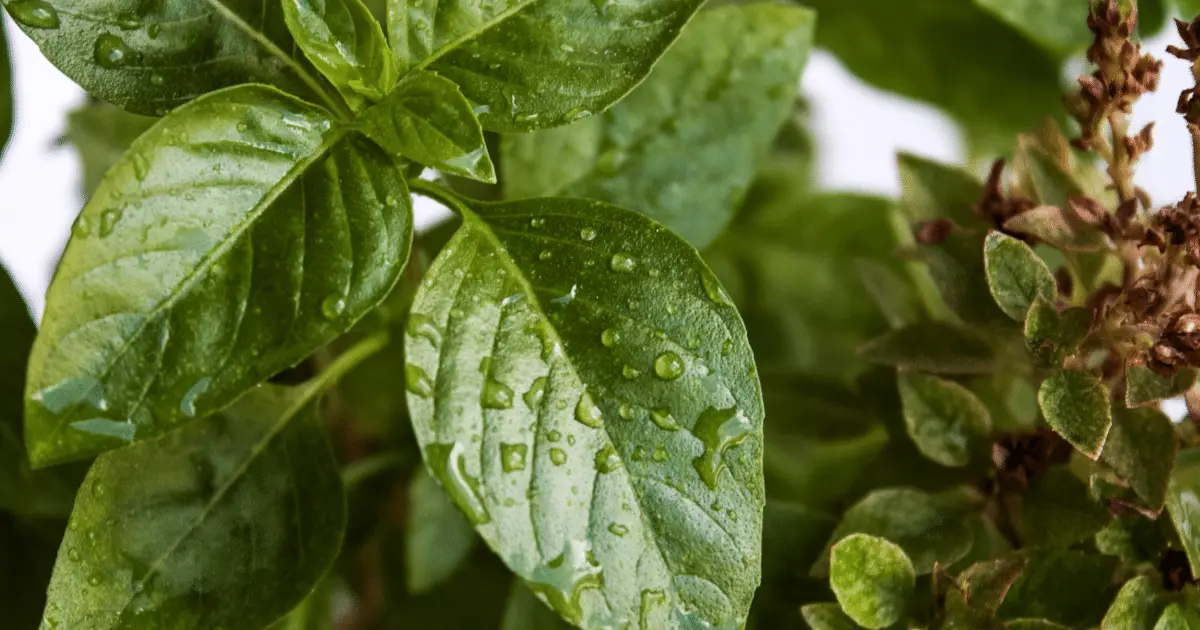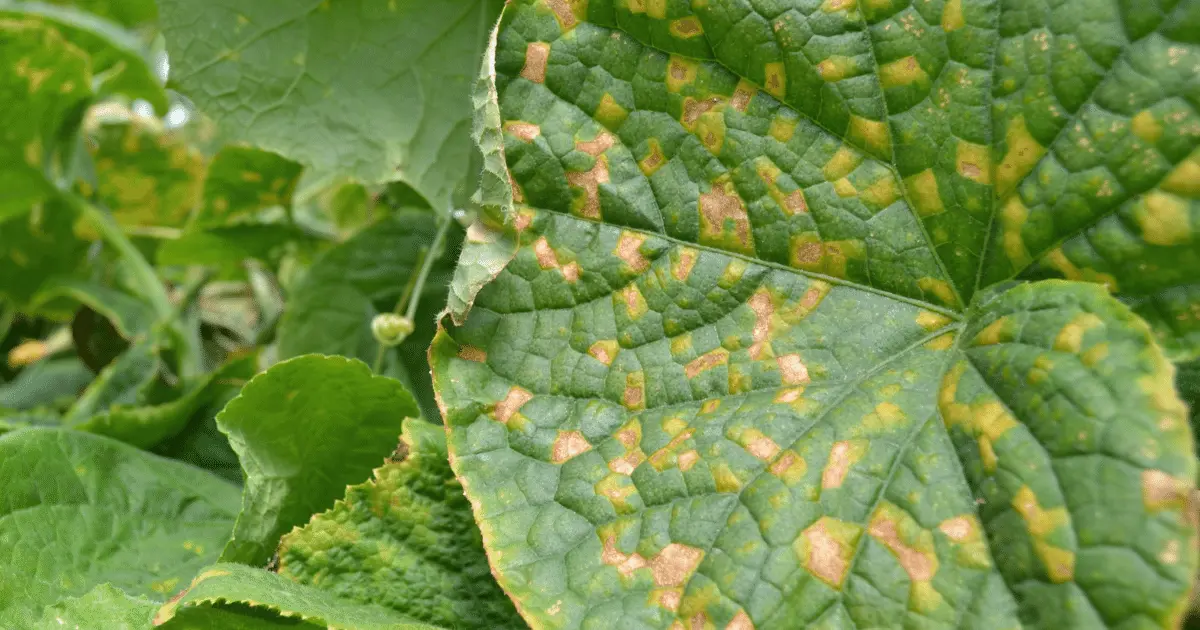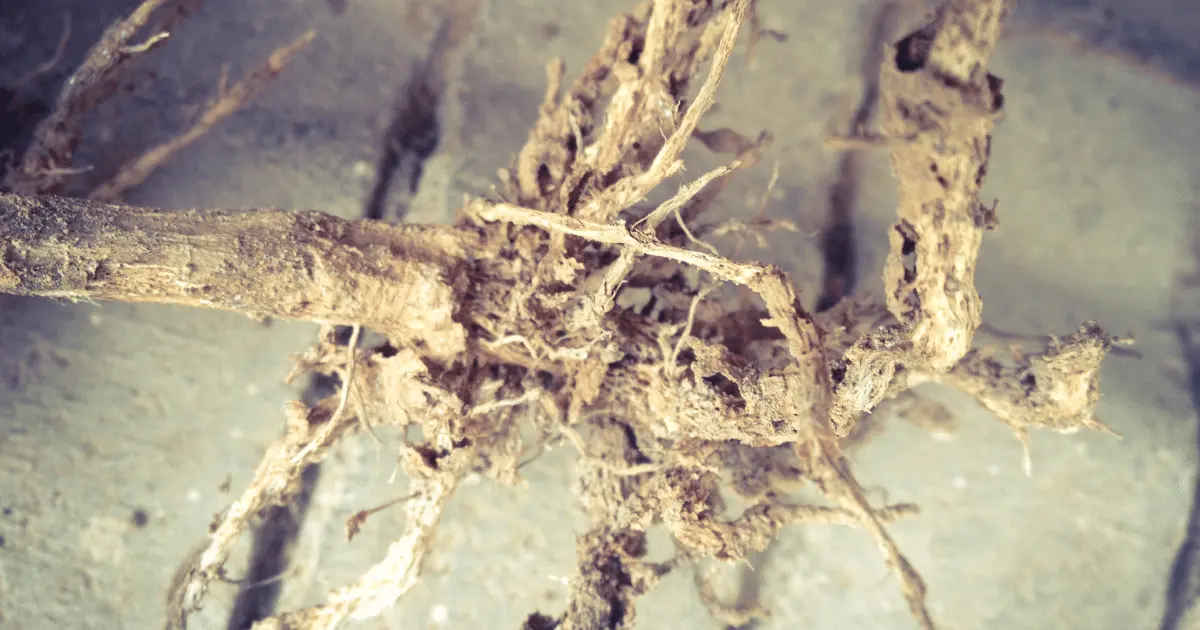Basil leaves turning brown is a common issue, but it’s not always easy to determine the cause. In most cases, it’s due to one of several factors: improper watering, pests, or sun damage.
Fortunately, there are ways I treat each of these issues and get my basil leaves back to its former glory.
What Does Basil Leaves Turning Brown Mean?

One day, I went out to pick up some fresh, green basil leaves from my garden, eager to get started on my latest culinary masterpiece. But when I got to the plant, I noticed that the leaves were starting to turn brown.
I freaked out because I knew what it meant. Basil leaves turning brown is basically a sign that the leaves are dying. And while it’s not the end of the world, it wasn’t something I wanted happening to my herbs, and definitely not that quickly too.
What Causes of Basil Leaves to Turn Brown?
There could be several reasons for your Basil leaves to turn brown. Here are some of them below:
Lack of Hydration
The most common reason for Basil leaves turning brown is that the plant isn’t getting enough water. Basil is a thirsty plant; if it’s not given enough water, the leaves will start to droop and then turn brown.
Too Much Sunlight
Plants need sunlight to grow and produce their food. However, too much of it affects some of them, and in the case of basil leaves, they turn brown. Basil doesn’t like hot, direct sunlight, so if it’s sitting in a spot where the sun is shining down on it all day long, the leaves will start to wilt and then turn brown.
Pests and Diseases
If pests or diseases are attacking your basil plant, the leaves will also start to turn brown.
Lack of nutrients
Basil needs nutrients like nitrogen to grow and stay healthy. If you notice your leaves turning brown, check to be sure its not missing any nutrients.
Diseases That Turn Basil Leaves Brown
There are a number of different diseases that can cause basil leaves to turn brown. Here are five of the most common:
1. Downy mildew

Downy mildew is a type of fungal disease that affects a wide range of plants, including basil. It is characterized by fuzzy, gray, or white patches on the leaves, which eventually turn brown and die.
2. Powdery mildew

Another type of fungal disease, powdery mildew, is characterized by a white or gray powdery growth on the leaves. It can also cause the leaves to turn yellow or brown and eventually die.
3. Root rot

This is a serious disease that can affect a wide range of plants, including basil. It is caused by various fungi and bacteria that attack the roots, causing them to rot. This can eventually kill the plant.
4. Leaf spot

This is a common disease that affects basil leaves. It is caused by various fungi and bacteria that attack the leaves, causing them to develop brown or black spots. These spots can eventually lead to the death of the leaf.
5. Fusarium wilt

This is a serious disease that affects many types of plants, including basil. It is caused by a fungus that attacks the plant’s vascular system, causing the leaves to wilt and turn brown or black. The plant will eventually die if it is not treated
How to Treat Basil Leaves Turning Brown
It’s always a sad moment for me when I notice my healthy basil leaves starting to turn brown because it is a sign that my plant is dying. If you’re like me, the good news is, it is not dead yet! So, something can still be done to treat it. Here are a few things that worked for me:
Cut off the affected leaves
Remove any leaves that are already brown or showing signs of browning. This will help prevent the problem from spreading to the rest of the plant.
Check the soil moisture
Too much water or too little water is a common reason for basil leaves turning brown. So, ensure you’re watering your plant regularly and not letting the soil dry out completely. Also, don’t water too much so that the soil is not soggy. If you think your plant is getting too much water, try moving it to a drier location.
Improve air circulation
Basil plants need good air circulation to stay healthy. If the leaves are crowded or if the plant is growing in a humid environment, this can lead to browning leaves. Try trimming back the plant and increasing air circulation around it by opening a window or using a fan.
Avoid temperature extremes
Basil plants prefer moderate temperatures and can be sensitive to extreme heat or cold. If your plant is exposed to drafts or sudden temperature changes, this could be causing the leaves to turn brown. Try to keep the plant in a consistent, comfortable environment.
Add Fertiliser
Basil needs plenty of nitrogen, potassium, and magnesium to stay healthy. So, if you think lack of nutrients might be the issue with your basil leaves turning brown, fertilize it with compost or an organic fertilizer.
Treat with fungicide
If you’ve tried everything, and it’s not working, you should try treating it with an organic fungicide as the problem might be a pest or disease.
You can take a look at your plant for any signs of bugs or larvae. If you see anything, treat with an organic pesticide, fungicide or insecticidal soap. However, you have to be careful when doing this, so you don’t end up killing the plant instead of treating it.
Seek Professional Help
In cases like this, it’s best to take your plant to a garden center or nursery for help. They’ll be able to diagnose the problem and recommend the best course of treatment.
How to Prevent Basil Leaves From Turning Brown
While there are different ways to treat Basil leaves after they have turned brown, I thought about the ways I could prevent it from turning brown. You know, you can actually prevent your leaves from turning brown in the first place by doing these simple things:
Proper watering habits
The most important thing is to keep your basil leaves moist at all times. Make sure the soil is evenly moist and that you’re watering your plants regularly. If the leaves are starting to turn brown, give them a good misting with water.
You can also try using a fertilizer made for herbs. Be careful not to over-fertilize, though, as this can also cause the leaves to turn brown.
Enough Lights
Make sure your basil plants are getting enough light. Basil needs at least 6 hours of direct sunlight per day to stay healthy and prevent its leaves from turning brown. If you live in an area with limited sunlight, you can try growing your basil plants indoors under grow light— artificial sunlight.
Potting Mix
Use a high-quality potting mix that contains compost or other organic matter. This will help ensure that your basil plant has all the nutrients it needs to stay healthy and prevent its leaves from turning brown.
Air Circulation
Provide plenty of air circulation around the plant to prevent fungal diseases that can cause the leaves to turn brown.
Hopefully this guide has helped you determine the cause of your basil leaves turning brown and how to treat it. Keep this information in mind next time it happens, so you can get your basil plants back to their healthy state in no time!
